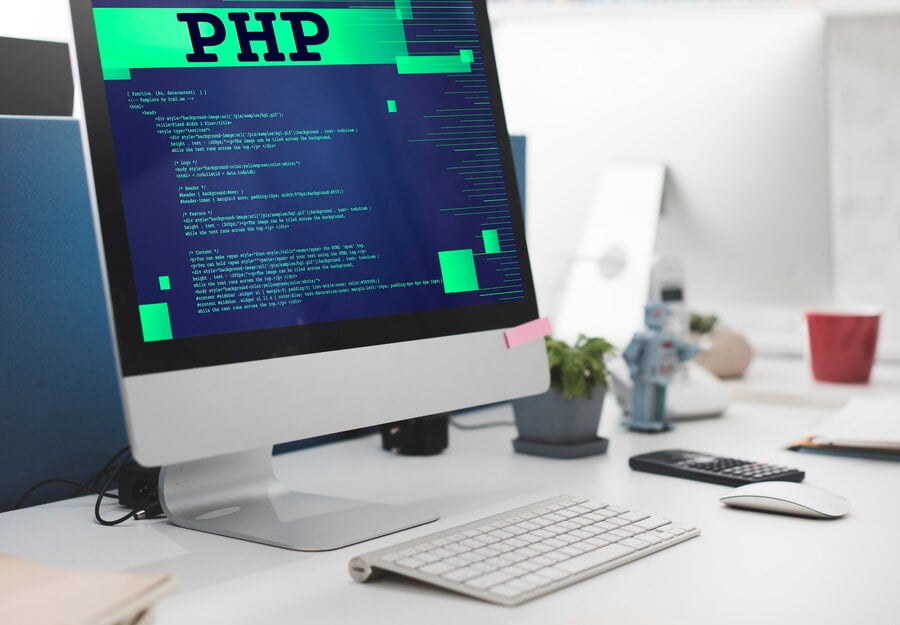Introduction:
Errors and exceptions can occur at any time during the execution of a PHP script, and handling them effectively is essential for ensuring smooth operation and a positive user experience. In this guide, we explore best practices, common pitfalls, and advanced techniques to master this aspect of PHP development.
Understanding Errors and Exceptions:
It is essential to understand the difference between errors and exceptions in PHP.
Errors: Errors are issues that occur during the execution of a PHP script that prevent the script from running successfully. These can include syntax errors, runtime errors, or logical errors.
Exceptions: Exceptions, on the other hand, are a mechanism for handling errors and abnormal conditions in PHP code. Unlike errors, exceptions can be caught and handled gracefully, allowing the script to recover from the issue and continue executing.
Basic Error Handling:
PHP provides several built-in functions for basic error handling, such as error_reporting() and ini_set(). These functions allow developers to control the level of error reporting and logging in their PHP scripts. By setting appropriate error reporting levels, developers can ensure that errors are captured and logged effectively.
Additionally, PHP provides the try, catch, and finally blocks for exception handling. This allows developers to encapsulate code that may throw exceptions within a try block and catch any exceptions that occur in a catch block, providing an opportunity to handle the exception gracefully.
Best Practices for Error Handling:
When it comes to error handling in PHP, there are several best practices that developers should follow:
Use Meaningful Error Messages:When throwing exceptions or logging errors, always provide meaningful error messages that describe the issue encountered.
Handle Errors Gracefully: Instead of letting errors propagate and potentially crash the application, handle them gracefully by logging them and providing informative feedback to users.
Use Custom Exceptions: Define custom exception classes for different types of errors or exceptional conditions in your application. This allows for more granular error handling and makes your code more readable and maintainable.
Log Errors Consistently: Implement a consistent logging mechanism for errors and exceptions in your PHP application. This could involve writing errors to a log file, sending them to a monitoring system, or alerting developers via email or other channels.
Advanced Error Handling Techniques:
In addition to the basic error handling techniques mentioned above, there are several advanced techniques that developers can use to improve error handling in PHP:
Error Handling Middleware: Implement error handling middleware in your PHP application to centralize error handling logic and keep it separate from your application code.
Use Error Handlers: PHP allows developers to define custom error handlers using the set_error_handler() function. This can be useful for handling errors that occur outside of the try and catch blocks, such as deprecated function calls or undefined variables.
Implement Error Recovery Strategies: In some cases, it may be possible to recover from errors and continue executing the script. Implementing error recovery strategies can help minimize downtime and ensure that your application remains operational even in the face of errors.
Conclusion: By following best practices and employing advanced techniques, developers can build more robust and reliable PHP applications that provide a better user experience and are easier maintenance.






